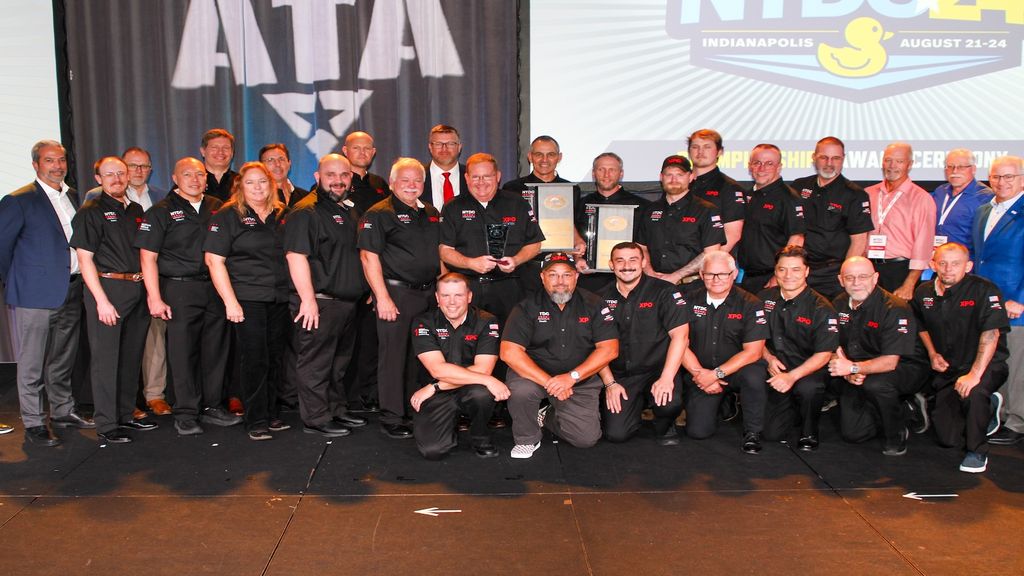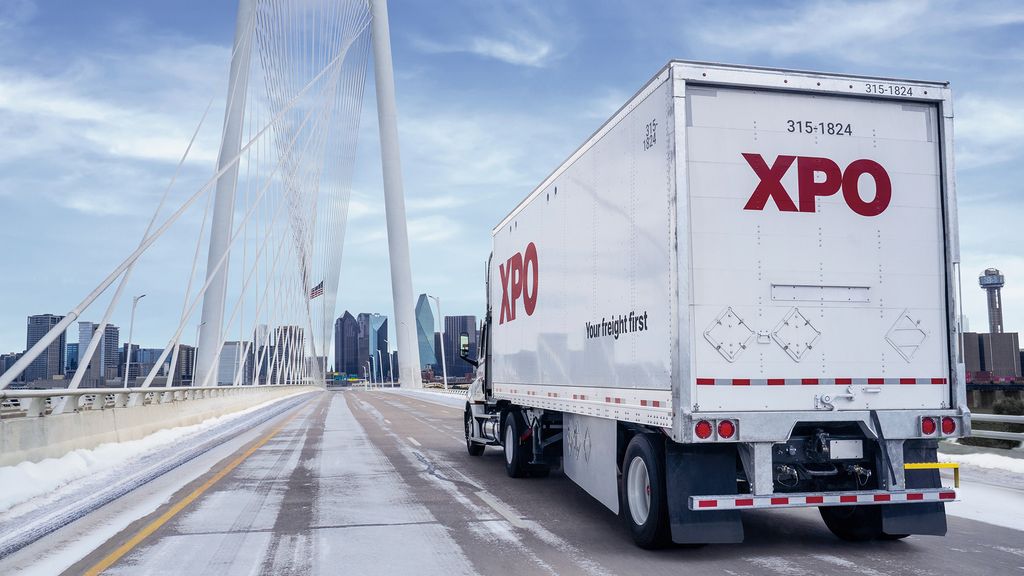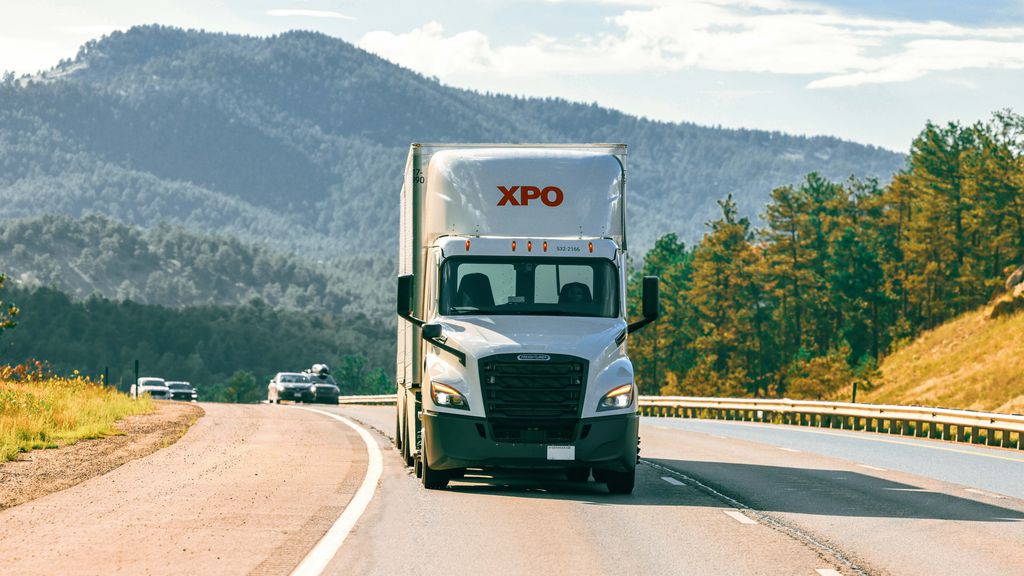What Is an LTL Network Imbalance?
In a less-than-truckload (LTL) network, as freight is moved from one location to the next, the LTL carrier must balance truck capacity, terminal capacity and staffing to maintain high service levels. Sometimes, when the network gets out of balance, the carrier might temporarily suspend freight activity at a particular facility. This industry practice is commonly called an embargo.
You may be wondering why an LTL carrier would ever stop freight flowing for even a short period of time. To better understand why embargoes work, it helps to know how LTL networks operate.
A less-than-truckload shipment is exactly what its name implies: a smaller quantity of freight that doesn’t require an entire trailer. Larger shipments that fill a trailer (“full truckload” freight) generally travel directly from origin to destination. By contrast, LTL freight travels through a network that’s based on a hub-and-spoke concept, with large, centrally located distribution centers (the hubs, known as freight assembly centers), and many smaller terminals (the spokes) spread across the carrier’s regional or national service area.
Generally, freight is delivered to recipients in the morning and the trucks pick up new shipments in the afternoon. The freight is cross-docked, where it’s reloaded to be sent on to the next stop along the route to its destination. This leg of the shipping process is called linehaul. In this connected ecosystem, each site relies on the site before it to move the freight in a timely manner and keep the network in balance.
The network also relies on its two core components: equipment and people. While both components are key to network balance, proper staffing is particularly essential. Truck drivers, dock workers, terminal supervisors and customer service representatives operate the day-to-day operations that keep LTL freight flowing. In addition, the tractors and trailers must be professionally maintained to be safe, dependable and ready to deploy when needed.
Essential Freight Transportation Guides and Tips
Trade Show Shipping: 10 Green Flags for Success
How to Ship to Mexico in 6 Steps
Common Mistakes: 4 Reasons for Delays at the Border
Freight Protection: Green Flags to Keep Your Cargo Safe
How to Calculate Your Freight Class?
Timely Tips: Product Launch Shipping Strategy
Exhibit with confidence: A Comprehensive Trade Show Shipping Guide

Four Impacts on LTL Network Balance
Here are the four main factors that can require an LTL carrier to rebalance its network:
1. Weather - Severe weather, such as hurricanes, ice storms, widespread flooding, power outages and damage to major roadways are among the most common weather disruptions for a trucking carrier.
The safety of a carrier’s employees and fleet must be the first priority when severe weather strikes. It’s not uncommon to halt operations for a day or two until a storm passes. If even one major highway becomes impassable for one day, it can impact freight flow across an LTL network, and the operations teams must take action to reduce the impact.
2. Staffing - In a challenging labor market, including the current widespread truck driver shortage, it can be difficult to find qualified individuals to fill open positions. Some carriers, like XPO, offer a driver training program that prepares drivers to qualify for their CDL-A commercial license certification through classroom instruction and on-the-job training. These programs are valuable for both the trainee and the employer, as an LTL driving career provides many benefits for employees, and a large base of qualified drivers provides stability and growth capacity for the carrier.
In addition, the Covid-19 pandemic had a significant impact on all industries, leading to gaps in worker attendance. Absenteeism — particularly at the height of the pandemic — made it difficult to plan on staffing levels, but this impact on network balance has eased.
3. Equipment - Disruptions in supply chains for computer chips and parts restrict the ability of manufacturers to produce the tractors and trailers used by LTL carriers. When a carrier must wait longer than expected to get equipment orders filled, it can impact network balance and limit growth. XPO manufacturers its own trailers, which is an advantage in adding capacity to its network. But all LTL carriers, including XPO, rely on OEMs for new tractors.
4. Fuel - While there are pilot programs for electric, hybrid and natural gas-powered tractors, these technologies are still very new, and the vast majority of tractors rely on diesel fuel. Most LTL carriers have agreements with fuel retailers to ensure adequate supplies, and mitigation strategies in place to minimize the effect of lower diesel supplies. During the pandemic, some refineries closed temporarily or operated at half capacity. More recently, overseas conflicts have disrupted the inflow of diesel from sources like Eastern Europe. This issue is being closely monitored because of its potential impact on global supply chains.
Pause and Catch Up
As you can see, it’s a delicate balance to keep an LTL network running smoothly. LTL is a 24-hour operation where shipments are continuously moving through the network. A major event at a single hub or spoke location is enough to cause backlogs, with a ripple effect on other locations in the network. A temporary embargo, or suspension, on new pickups at the impacted spokes can be the pause the network needs to clear the backlog and rebalance, restoring normal freight flow.
While an embargo is typically short and limited in geographic scope, it can be inconvenient for shippers. However, most shippers understand that it is a strategic action the LTL industry uses to reset its service levels and improve on-time delivery after an event that causes an imbalance. This ultimately is in the best interest of the shippers. For more information about LTL, contact XPO.
Get the latest news and updates on XPO
Further Reading


